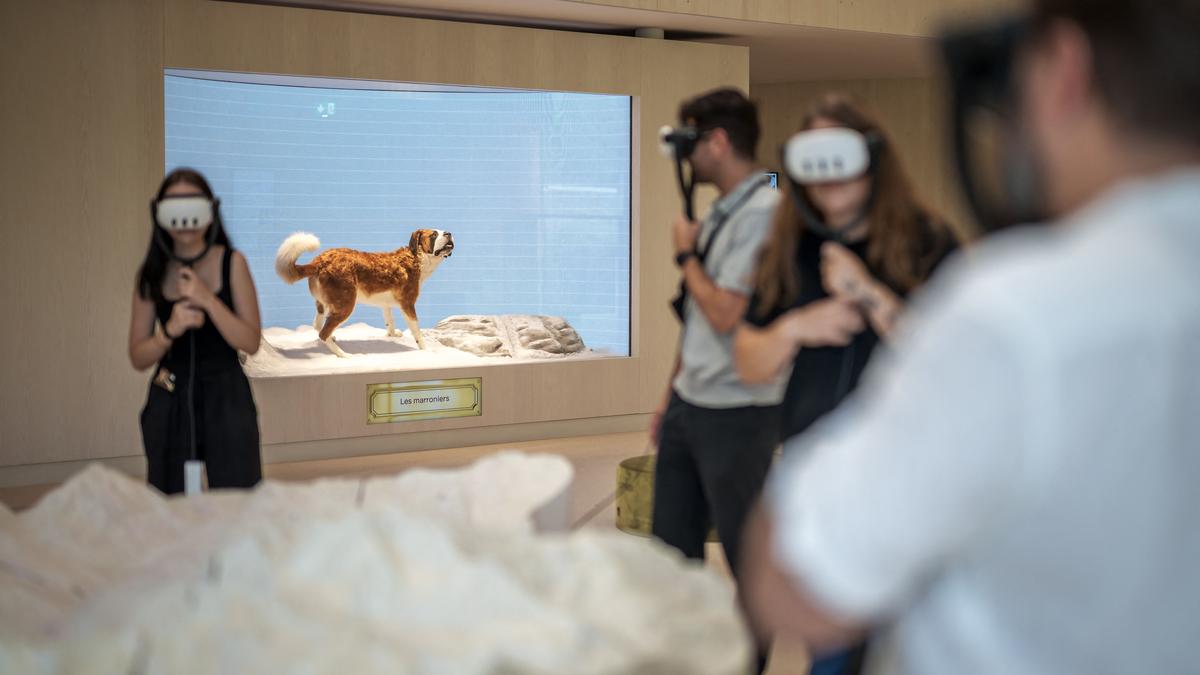Image used for representation.
| Photo Credit: Fabrice Coffrini
(This article forms a part of the Science for All newsletter that takes the jargon out of science and puts the fun in! Subscribe now!)
Usually, scientists believe that an immune system response kicks in after the infecting pathogen has entered the body. However, a new study questioned if the brain could sense the risk of infection even before the body has been exposed to pathogens, and discovered some interesting findings.
The study, published in Nature Neuroscience on July 28, 2025 and conducted by researchers from Switzerland, Italy, and the U.K., used virtual reality (VR) to simulate exposure to infected people and found that the brains of subjects detected the threats, and triggered changes in the immune system.
The experiment was performed on 248 people. To trigger the responses, researchers created some avatars in the VR that showed clear signs of infection, as well as two control conditions, one neutral and one fearful which had an arousing but not pathogenic threatening stimulus.
Participants saw these avatars approach them in the VR and also received a touch on their face and were asked to respond to it as quickly as possible. The researchers recorded the response to these avatars in their peripersonal space (PPS) system, which is the immediate space surrounding the body where it physically interacts with the elements of the environment (think social distancing during COVID-19 pandemic – the distance was meant to avoid the exposure to the virus by not allowing in the body’s PPS).
The immune system starts to respond once an external stimulus comes in contact with the body, and the PPS and the immune system together protect the body and remove pathogens it has been exposed to. However, during this particular experiment, participants who were exposed to the infectious avatars reacted faster to the touch even when the avatar was far away. In the fearful group, a change in reaction time was noticed when the avatar was closer. There was no change in the neutral group. This showed that the brain became more alert to respond to infectious avatars, showing that the PPS system can detect and react to infection risks even when they are at a distance.
Scientists also measured brain activity while exposing subjects to avatars which confirmed that brains became more active when a potential threat got closer to the body. The results of this experiment found that the brain starts preparing the immune system for a potential threat, even when it exists only in virtual reality. It also triggers a change in the frequency and activation of innate lymphoid cells (ILCs), which is a family of immune cells.
From the Science pages
Question Corner
Flora and fauna
Published – July 30, 2025 05:04 pm IST
